- Home
- Machining techniques
- CNC Machining Services
- Cooperative supply services
- Designs
- Materials
- Finishing Services
- Shop
- Products
- Guide
- About Us
- Contact Us
2022.6.16
In modern life, you can find titanium products widely used in various fields, such as airplane components. What characteristics does titanium alloy have? What are the different types of titanium alloys? Follow us to go over the types and properties of titanium in this article.In modern life, titanium products are widely used in various fields, such as airplane components. What characteristics does titanium alloy have? What are the different types of titanium alloys? Follow us to go over the types and properties of titanium in this article.
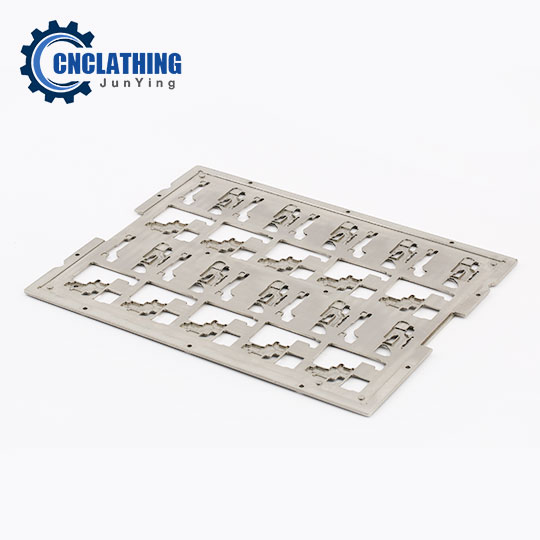
Titanium materials mainly include industrial pure titanium and titanium alloy. Titanium is a light, high-strength, corrosion-resistant and non-toxic metal. There are two main categories: one is industrial pure titanium, with a purity of more than 95%, and the other is titanium alloy, which contains titanium and lots of other elements. Compared with pure titanium, titanium alloy has a variety of performance advantages and has a wider range of applications. Titanium alloys have diversified characteristics due to the role of alloy elements. Compared with pure titanium, titanium alloys have higher strength, heat resistance, and corrosion resistance. Titanium alloy materials, including castings, have a wider range of applications in high-tech fields such as aviation, aerospace, ships, nuclear energy, etc.
Properties and Characteristics of Titanium Alloys
– High strength. The density of titanium alloy is generally about 4.51g/ cubic centimeter, which is only 60% of that of steel. The density of pure titanium is close to that of ordinary steel. Some high-strength titanium alloys exceed the strength of many alloy structural sheets of steel. Therefore, the specific strength (strength/density) of titanium alloy is much greater than that of other metal structural materials, and parts with high unit strength, good rigidity, and lightweight can be made. Titanium alloy is used for engine components, framework, skin, fasteners, and landing gear of aircraft.
– High thermal strength. The service temperature is several Baidu higher than that of aluminum alloy. It can still maintain the required strength at medium temperature. It can work at 450 ~ 500 ℃ for a long time. These two types of titanium alloys still have very high specific strength in the range of 150 ℃ ~ 500 ℃, while the specific strength of aluminum alloy decreases significantly at 150 ℃. The working temperature of titanium alloy can reach 500 ℃, while that of aluminum alloy is below 200 ℃.
– Good corrosion resistance. The corrosion resistance of titanium alloy working in humid atmosphere and seawater is much better than that of stainless steel; It has strong resistance to pitting corrosion, acid corrosion, and stress corrosion; It has excellent corrosion resistance to alkali, chloride, chlorine organic substances, nitric acid, sulfuric acid, etc. However, titanium has poor corrosion resistance to reducing oxygen and chromium salt media.
– Good low-temperature performance. Titanium alloy can still maintain its mechanical properties at low and ultra-low temperatures. Titanium alloys with good low-temperature properties and very low interstitial elements, such as TA7, can maintain certain plasticity at -253 ℃. Therefore, titanium alloy is also an important low-temperature structural material.
– High chemical activity. Titanium has great chemical activity and has a strong chemical reaction with O, N, h, Co, CO2, water vapor, ammonia, etc. in the atmosphere. When the carbon content is more than 0.2%, hard tic will be formed in titanium alloy; When the temperature is high, tin hard surface layer will also be formed by interaction with n; When the temperature is above 600 ℃, titanium absorbs oxygen to form a hard layer; With the increase of hydrogen content, the brittle layer will also be formed. The depth of the hard and brittle surface layer produced by gas absorption can reach 0.1 ~ 0.15 mm, and the hardening degree is 20% ~ 30%. The chemical affinity of titanium is also large, and it is easy to adhere to the friction surface.
– Low thermal conductivity and elasticity. The thermal conductivity of titanium is about 1/4 of nickel, 1/5 of iron, and 1/14 of aluminum, while the thermal conductivity of various titanium alloys is about 50% lower than that of titanium. The elastic modulus of titanium alloy is about 1/2 of that of steel, so its rigidity is poor and it is easy to deform. It is not suitable to make slender rods and thin-walled parts. During cutting, the resilience of the machined surface is very large, about 2 ~ 3 times that of stainless steel, resulting in severe friction, adhesion, and bonding wear on the back surface of the tool.
Titanium is an isomer with a melting point of 1668 ℃. When the temperature is lower than 882 ℃, it has a close-packed hexagonal lattice structure, which is called α Titanium; It has a body-centered cubic lattice structure above 882 ℃, which is called β Titanium. Using the different characteristics of the above two structures of titanium, adding appropriate alloy elements to gradually change its phase transformation temperature and phase content, titanium alloys with different structures are obtained. At room temperature, titanium alloys have three kinds of matrix structures, which can be divided into the following three types: α Alloy, α+β Alloy, and β Alloy.
1. Alpha (α) Titanium alloy: it is α Single phase alloys composed of solid solutions are α Phase, stable structure, higher wear resistance than pure titanium, and strong oxidation resistance. At the temperature of 500 ℃ ~ 600 ℃, it still maintains its strength and creep resistance, but it cannot be strengthened by heat treatment, and the strength at room temperature is not high.
2. Beta (β) Titanium alloy: it is a β Single phase alloy composed of solid solution, and has high strength without heat treatment. After quenching and aging, the alloy is further strengthened, and the room temperature strength can reach 1372 ~ 1666mpa; However, the thermal stability is poor, so it is not suitable for use at high temperatures.
3. Alpha-Beta (α+β) Titanium alloy: is a two-phase alloy. It has good comprehensive properties, good structural stability, good toughness, plasticity, and high-temperature deformation properties. It can be well processed by thermal pressure, Quenched, and aged to strengthen the alloy. The strength after heat treatment is about 50% ~ 100% higher than that after annealing; High-temperature strength, long-term operation at 400 ℃ ~ 500 ℃, its thermal stability is inferior to α Titanium alloy.
The most commonly used of the three titanium alloys are α Titanium alloys and α+β Titanium alloy, in terms of the material for titanium CNC machining, α Titanium alloy has the best machinability, α+β Titanium alloy takes the second place, and β Titanium alloy is the worst. Alpha Titanium alloy is also known as TA, Beta Titanium alloy is TB, and Alpha-Beta Titanium alloy is TC.
 Spring Material Types (Properties, Grades, Uses) & Best Selection for Your Project
Spring Material Types (Properties, Grades, Uses) & Best Selection for Your Project
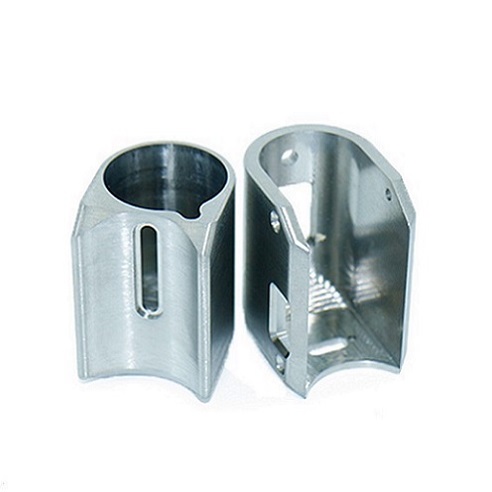 Titanium vs Stainless Steel, What’s the Difference – Is Titanium or Stainless Steel Better
Titanium vs Stainless Steel, What’s the Difference – Is Titanium or Stainless Steel Better
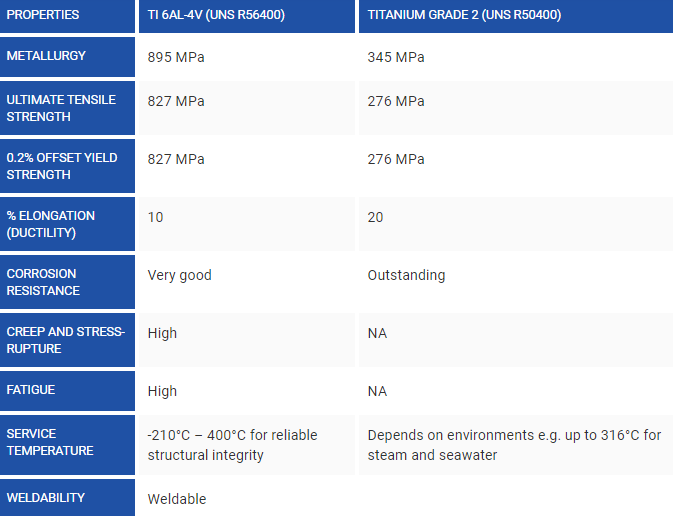 CNC Machining Titanium Grade 5: Ti 6Al 4V Properties, Price & Titanium Grade 2 vs Grade 5 | CNCLATHING
CNC Machining Titanium Grade 5: Ti 6Al 4V Properties, Price & Titanium Grade 2 vs Grade 5 | CNCLATHING
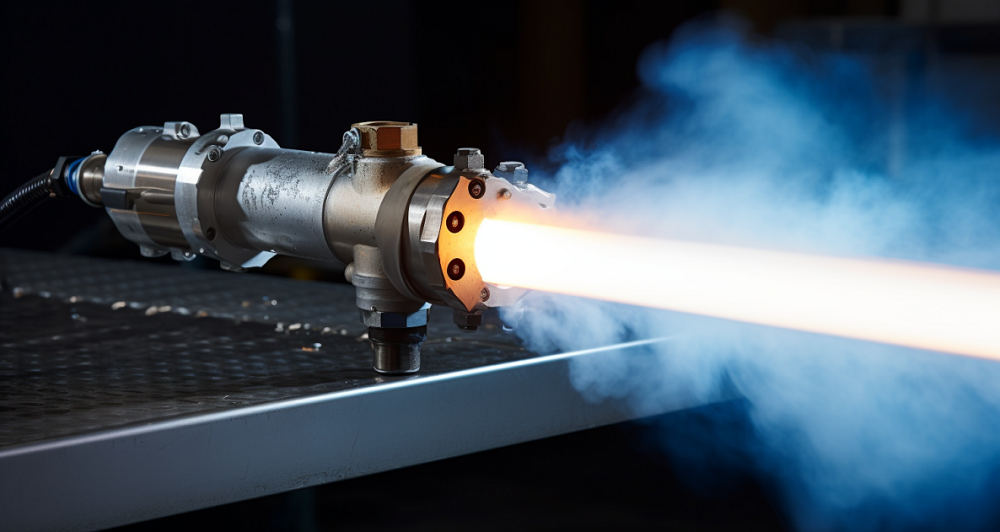 What is HVOF Coating – HVOF Thermal Spray Process, Materials, Benefits, Machine, Applications
What is HVOF Coating – HVOF Thermal Spray Process, Materials, Benefits, Machine, Applications
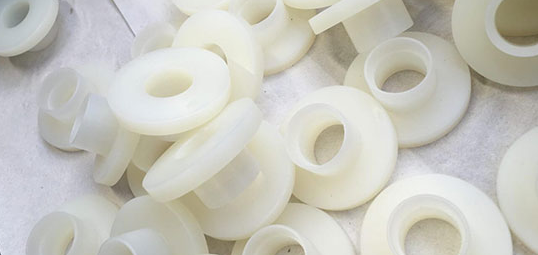 Surface Modification of Carbon Fiber Based On Nylon Composites
Surface Modification of Carbon Fiber Based On Nylon Composites
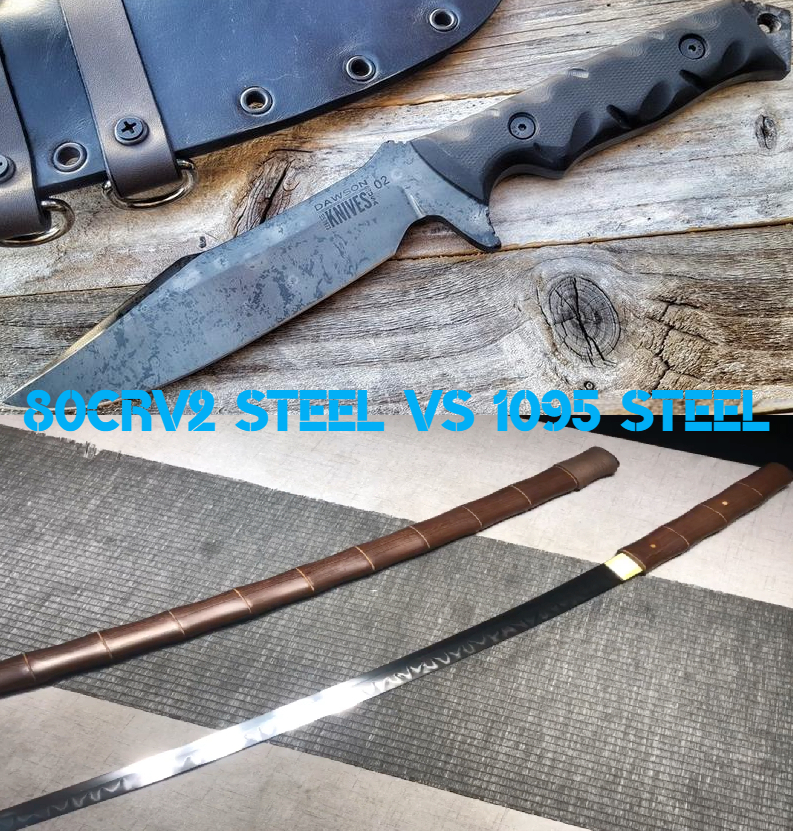 80CrV2 Steel vs 1095 Steel: Differences in Composition, Properties, Use, Price & More
80CrV2 Steel vs 1095 Steel: Differences in Composition, Properties, Use, Price & More
